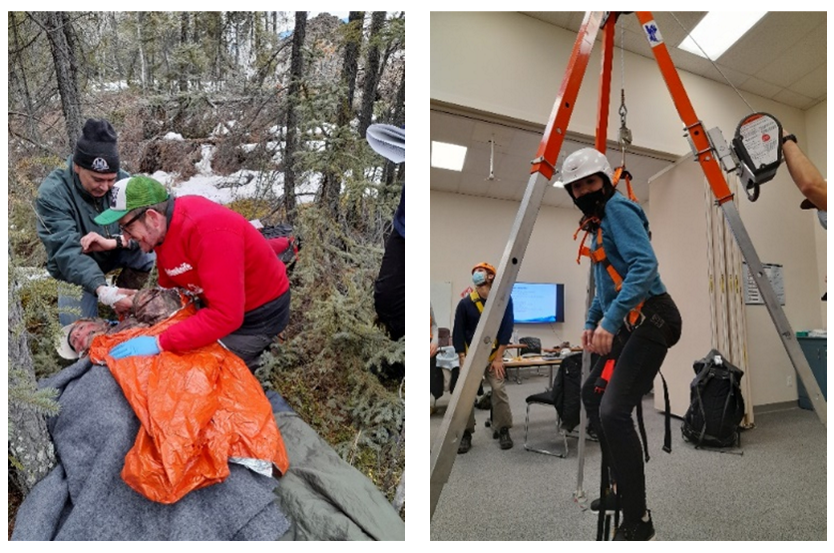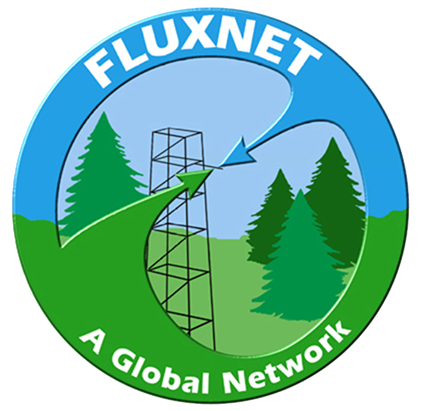Theresia Yazbeck, recipient of the 2022 Secondment Program award, has completed her program and wrote the following to share with the FLUXNET community:
____________________________________________________
My Secondment Program was in collaboration with ATMOSBIO Lab at the Université de Montréal, Canada. It was divided into three main sections: Safety training, fieldwork at CA-TVC tundra site, and modeling the site’s carbon flux with the ELM land surface model. The safety training was adapted for fieldwork in rustic areas where emergency support might take hours to be provided. The training included fall protection (regulations, hazard assessment, engineered and administrative controls, and ladder safety), Wilderness First Aid (signs, symptoms and rescue plan for different incidents like allergy shock, heart attack, seizure, fall from a tower, burns, hypothermia …), and Wildlife Awareness focused on animals present in the arctic like bears, cats, wolves, and dogs. The training was very beneficial, especially the practice module where all participants were able to apply everything they learned. It also addressed situations that are more likely to happen in the Arctic like encountering a bear, falling in a lake and going through hypothermia, or waiting for many hours before a rescue team to arrives. Being exposed to these different scenarios was essential to prepare us before starting our fieldwork at CA-TVC.

Figure 1 Safety Training at Arctic Response Canada (ARC) Center in Yellowknife, NWT
The fieldwork was based in Trail Valley Creek Research Station (CA-TVC). The station is around 50 km away from Inuvik, the closest city. Data collection included chamber measurements in two lakes around the site, automatic chamber measurements from Tundra soil, and boundary layer height measurements using radiosonde balloons. I had the chance to learn about the different measurements methods by going through calibration, installation, and data collection processes of each.

Figure 2 Left picture: Automatic chamber. Middle picture: Chamber measurements. Right picture: Radiosonde balloon.
My secondment program was very enriching at the academic and professional levels. In addition to learning about measurements techniques I had not used before, I met and exchanged experiences with other early career and senior scientists. This project opened the door for an ongoing collaboration with ATMOSBIOS lab. Current efforts are focusing on modeling CA-TVC carbon emission using the Energy Exascale Earth System Model (E3SM) Land Model (ELM).
